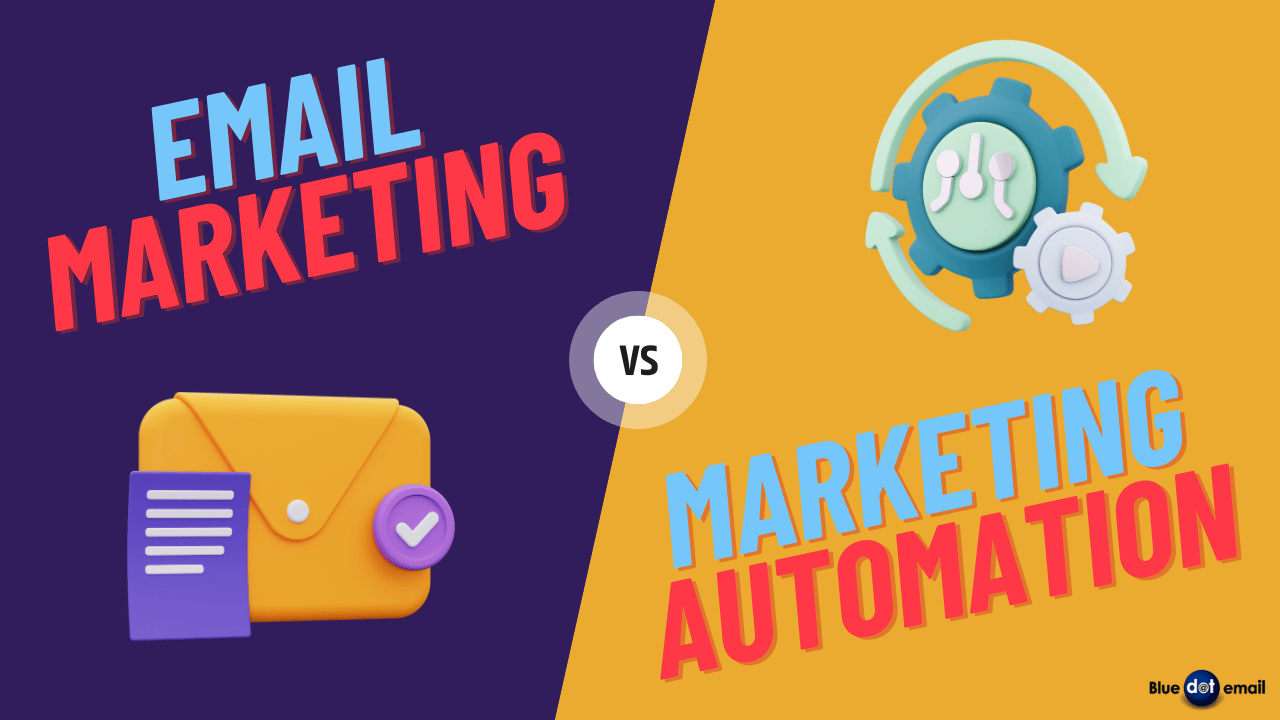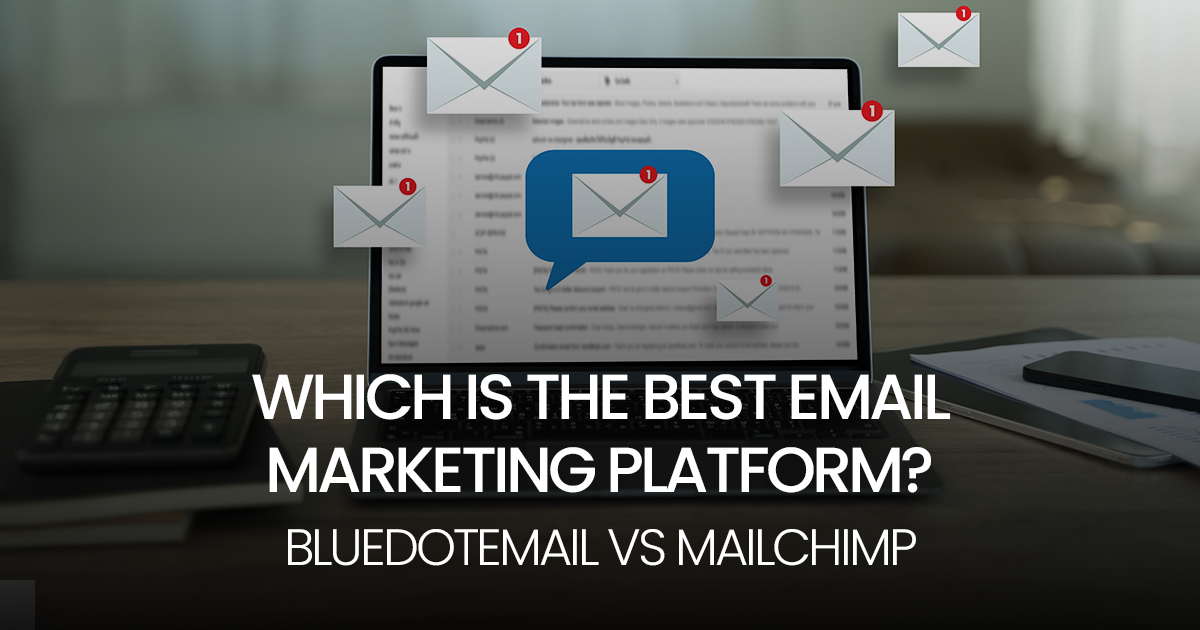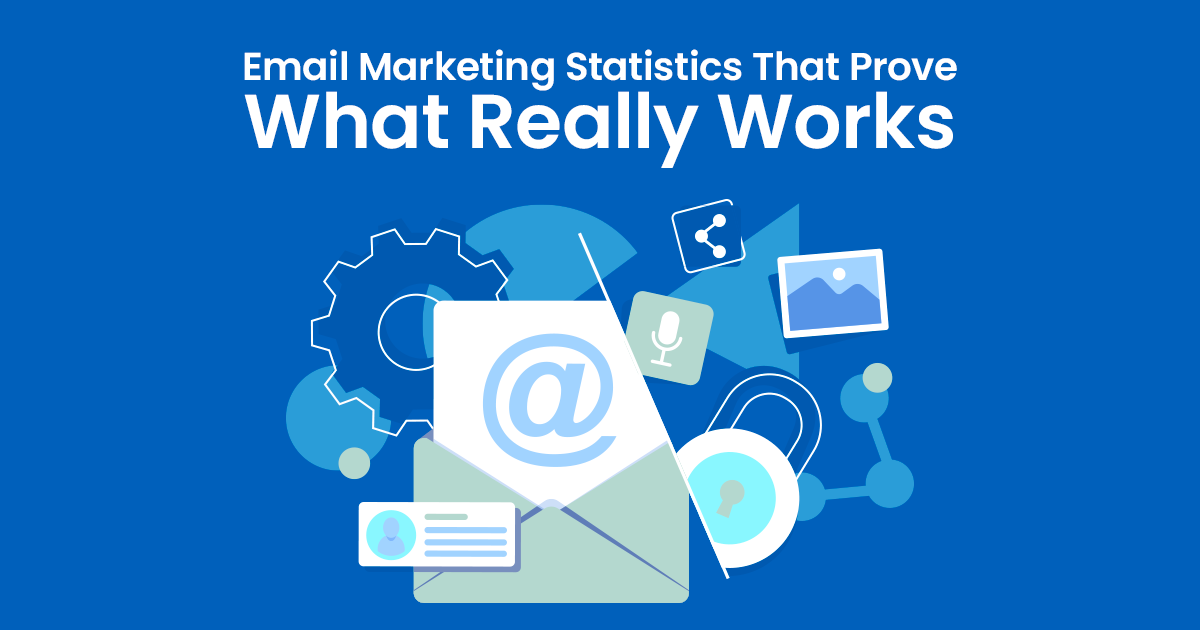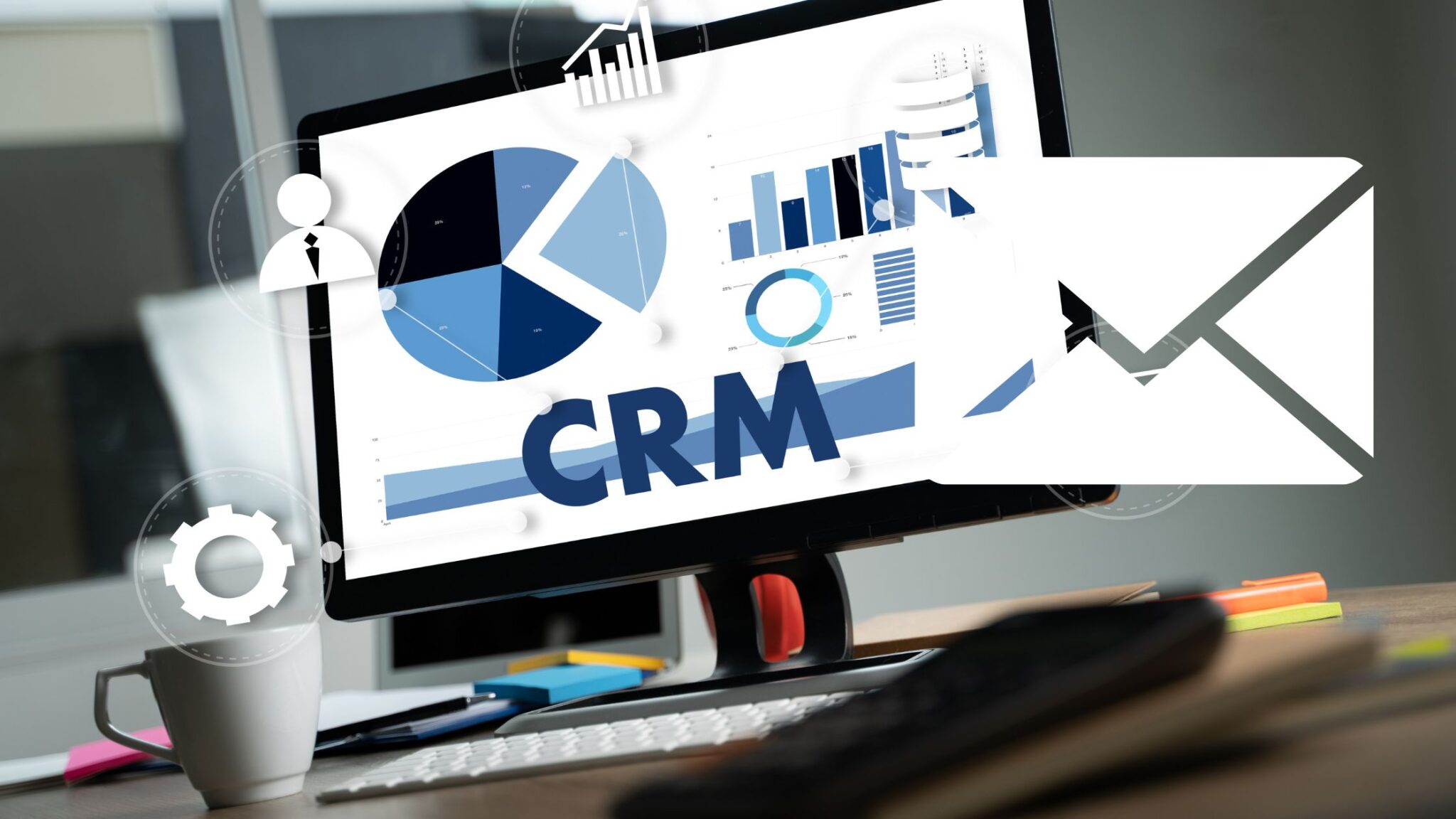Ever felt like you’re constantly on email duty, sending out newsletters, responding to inquiries, and nurturing leads? While email marketing is a powerful tool, it can become overwhelming as your business grows.
This is where marketing automation steps in, offering a helping hand to streamline your efforts and unlock new levels of efficiency.
What is Email Marketing?
Email marketing stands as one of the pillars of digital marketing strategies. It involves the use of email to promote products or services, build relationships with customers, and drive engagement. Imagine it as a virtual storefront, where businesses can showcase their offerings directly to their target audience, right in their inbox.
Here are some key benefits of email marketing:
- Building Relationships: You can nurture connections with your audience by providing valuable content, answering questions, and offering exclusive deals.
- Lead Generation: Capture email addresses and build your contact list to convert potential customers into loyal patrons.
- Brand Awareness: Keep your brand top-of-mind by sending regular newsletters, updates, and engaging content.
Email marketing campaigns come in various forms:
- Welcome Emails: Introduce new subscribers to your brand and welcome them into your community.
- Promotional Newsletters: Share product updates, special offers, and valuable content to promote engagement and sales.
- Abandoned Cart Reminders: Gently nudge customers who leave products behind in their virtual shopping carts to complete their purchases.
What is Marketing Automation?
Marketing automation refers to software and technology that automates repetitive marketing tasks and workflows across multiple channels. Essentially, it allows you to set up pre-determined campaigns and have them run automatically, freeing up your time and resources to focus on other strategic efforts.
Marketing automation builds upon email marketing by adding automation features that save time and personalize customer journeys. Let’s explore its advantages:
- Increased Efficiency: Automate repetitive tasks like sending emails, scheduling campaigns, and segmenting your audience.
- Personalized Customer Journeys: Deliver targeted content and offers based on individual user behavior and preferences.
- Improved Lead Nurturing: Guide potential customers through the sales funnel with automated email sequences tailored to their interests.
Marketing automation extends beyond email, encompassing various channels:
- Social Media Engagement: Automatically schedule and publish social media posts.
- Website Retargeting: Show personalized ads to website visitors who haven’t converted.
- Lead Scoring: Assign points to leads based on their actions and engagement level, prioritizing those most likely to convert.
Email Marketing vs Marketing Automation: 11 Key Differences
1. Scope:
- Email Marketing: Focuses primarily on sending bulk emails to your existing subscriber base.
- Marketing Automation: Encompasses a broader range of marketing activities beyond just email, including social media, website personalization, and lead nurturing.
2. Automation Level:
- Email Marketing: Can involve some automation, such as scheduling email campaigns or triggered messages.
- Marketing Automation: Relies heavily on automation to execute complex workflows and personalized customer journeys.
3. Data Usage:
- Email Marketing: Primarily uses basic subscriber data like email addresses and names for segmentation.
- Marketing Automation: Leverages a wider range of data points from various sources, including website behavior, purchase history, and social media interactions, to personalize campaigns.
4. Content Type:
- Email Marketing: Primarily focuses on email content, like newsletters, promotions, and updates.
- Marketing Automation: Can handle various content types, including emails, social media posts, website landing pages, and personalized messages.
5. Personalization:
- Email Marketing: Can offer some level of personalization, such as using subscriber names or segmenting lists.
- Marketing Automation: Offers highly personalized experiences based on individual customer behavior and preferences.
6. Reporting and Analytics:
- Email Marketing: Provides basic analytics on open rates, click-through rates, and unsubscribes.
- Marketing Automation: Offers advanced reporting and analytics capabilities, allowing you to track the entire customer journey and measure the overall effectiveness of your campaigns.
7. Complexity:
- Email Marketing: Generally easier to set up and manage, requiring less technical expertise.
- Marketing Automation: Can be more complex to set up and manage, often requiring a specific skillset or additional resources.
8. Cost:
- Email Marketing: Can range from free to paid plans, depending on features and subscriber base.
- Marketing Automation: Typically more expensive than email marketing tools, with pricing often based on features and number of contacts.
9. Ideal Use Cases:
- Email Marketing: Well-suited for building brand awareness, promoting offers, and nurturing existing relationships.
- Marketing Automation: Ideal for lead generation, nurturing leads through the sales funnel, and creating personalized customer journeys.
10. Focus:
- Email Marketing: Primarily focused on sending emails and driving conversions.
- Marketing Automation: Focused on automating marketing activities, personalizing customer experience, and optimizing the customer journey across multiple channels.
11. Integration:
- Email Marketing: May integrate with basic CRM systems or landing page builders.
- Marketing Automation: Often integrates with a wider range of marketing and business tools, providing a centralized platform for managing all your marketing activities.
Combining Email Marketing and Marketing Automation
While email marketing and marketing automation offer distinct advantages, their combined power can truly elevate your marketing strategy. By understanding their complementary nature, you can create synergistic campaigns that drive higher engagement, conversions, and customer satisfaction.
Here’s how these two tools can work together:
- Triggered Emails: Following an email signup through email marketing, marketing automation can kick-off a personalized welcome series tailored to the subscriber’s interests and preferences.
- Abandoned Cart Recovery: Email marketing tools can capture abandoned cart information, which marketing automation can use to trigger personalized recovery emails with incentives or reminders to complete the purchase.
- Segmentation & Targeting: Leverage subscriber data collected through email marketing to segment audiences in marketing automation campaigns, delivering highly targeted and relevant content based on individual needs and behaviors.
- Lead Nurturing: Email marketing can initiate lead nurturing by providing valuable content and building relationships, while marketing automation can automate personalized email sequences based on engagement and interactions, moving leads further down the sales funnel.
- Reporting & Optimization: Analyze campaign performance data from both email marketing and marketing automation platforms to gain comprehensive insights and optimize future campaigns for improved results.
By seamlessly blending email marketing and marketing automation, you can create a holistic customer journey that fosters deeper connections, drives engagement throughout the marketing funnel, and ultimately achieves greater marketing success.
Selecting the Right Tool: Who Should Use Email Marketing vs. Marketing Automation?
Choosing between email marketing and marketing automation depends on your specific needs and resources. Here’s a breakdown to help you decide:
Use Email Marketing if:
- You have a limited budget and are starting with basic email marketing.
- Your sales cycle is short and requires straightforward communication.
- You have a smaller subscriber base and don’t need complex segmentation or personalization.
- You want to handle most aspects of your email marketing yourself and don’t require advanced features like marketing automation workflows.
Use Marketing Automation if:
- You have a larger budget and are looking to scale your marketing efforts.
- Your sales cycle is complex and requires multi-channel nurturing of leads.
- You have a large subscriber base and need advanced segmentation and personalization capabilities.
- You want to automate repetitive tasks and streamline your marketing workflows for increased efficiency.
- You’re looking for comprehensive reporting and analytics to track the effectiveness of your campaigns across various channels.
Remember:
- Email marketing and marketing automation are not mutually exclusive. Many businesses use both effectively in their marketing strategies.
- Start by assessing your needs and resources. If you’re unsure, consider starting with email marketing and transitioning to marketing automation as your needs evolve.
Ultimately, the best choice depends on your specific context and goals. By understanding the strengths and limitations of each approach, you can make an informed decision that empowers you to reach your target audience effectively and achieve your marketing objectives.
Conclusion
The choice between email marketing and marketing automation ultimately depends on your business’s specific needs, goals, and resources. Both approaches have their merits and can be valuable assets in your marketing arsenal. Whether you’re just starting out or looking to take your marketing efforts to the next level, carefully consider your requirements and choose the approach that aligns best with your objectives.








